The return of the Fiat 500e, Toyota shows a small electric SUV, so long Acura NSX
Electric Fiat 500 making a U.S. comeback
Intake: Come stai, Fiat 500e? As part of its Los Angeles Auto Show festivities, Fiat announced the current-gen electric Fiat 500e city car will return to the U.S. market for the 2024 model year. The Italian automaker previously pulled the plug on the stateside 500 back in the 2019 model year, leaving us first with only the 124 Spider, 500L, and the 500X—the latter of which now remains the only Fiat model still sold in the U.S. Until now! Or, uh, sometime next year. The Fiat 500e currently for sale overseas is a significantly refreshed car that appears far more upscale and well-appointed than the compliance appliance that was the prior 500e. As for range, pricing, and power, we’re mostly in the dark, as Fiat CEO Francois Olivier claims the real-deal U.S. debut of the 500e will happen at next year’s LA Auto Show. Until then, some educated speculation says the new itty-bitty EV likely mirrors the spec-sheet available on Europe’s iteration. This means a 24-kWh battery pack with around 115 miles of range, built around a 400-volt architecture that brims the battery after four hours hooked up at 11 kW, and is rated up to 85 kW of charging input. Not enough? An optional 42-kWh juicebox nets more miles of range.
Exhaust: We’re very excited to see such the return of the tiny 500 to our shores, but this is likely the make-or-break move for Fiat in the U.S. market. If this one fails to launch, odds are it’s out for good. That’s (potentially) a shame, since the new 500e looks mighty chic-‘n-sharp in photos. Our gut tells us only the big-battery 500e is coming to our shores — probably a good thing — and the finalized EPA-certified range should be closer to the 150-mile mark. Performance won’t be Tesla (or even Chevy Volt) quick, but zap-heads can look forward to an electric Abarth variant that’s buzzing just around the corner. —Conner Golden
Toyota shows scaled-down battery SUV

Intake: It’s no show-stopper but the ‘does what it says on the tin’ Toyota bZ Compact SUV Concept unveiled at the Los Angeles Auto Show will play an important part in Toyota’s electrification plans. Sitting below the recently-launched bZ4X as the second model in the Japanese firm’s “Beyond Zero” range it appears to be a battery-powered equivalent to the C-HR crossover. The execution is slick, there are eco materials inside, and Toyota promises “dynamic performance.” You’ll also see that it has a yoke to control a steer-by-wire system just like bZ4X. More information is due in a month’s time.
Exhaust: What can we say? It looks… fine. Fit for purpose and presentable. Let’s just hope the wheels don’t fall off this one. —Nik Berg
Public Citizen is at it again
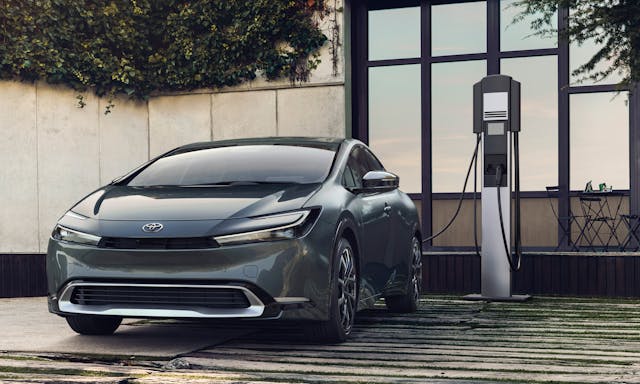
Intake: Regular readers will recall that a week ago, Public Citizen, the Ralph Nader-founded advocacy group, shamed Toyota for a statement from an executive that said we may be rushing electric vehicles — that hybrids could be an effective transition. Public Citizen insisted that Toyota stop building any vehicle with an engine, and go all electric, by 2030. They are at it again, chastising Toyota for it’s brand-new Prius introduced yesterday at the LA Auto Show. “The new Prius model asks: What if we took the look of a Tesla, but instead made it pollute with an internal combustion engine? Despite over a decade of record-setting global temperatures, Toyota’s new Prius missed an opportunity to take a fully-electric step toward the future. This ‘hybrid reborn’ relies on a combustion engine, connected to a gas tank, further polluting our communities and atmosphere.”
Exhaust: Sigh. —SCS
The last NSX has left the line

Intake: Acura has assembled its final NSX. The Type S, finished in Gotham Gray matte paintwork is the 350th example of the more powerful, 602-horsepower model which arrived for the last year of production. Built at Acura’s Performance Manufacturing Center in Marysville, Ohio, the hybrid supercar has sold just shy of 3,000 units since its introduction in 2016, when it was priced at $156,000. Featuring a 3.5-liter twin-turbo V-6, three electric motors, and a nine-speed dual-clutch transmission the NSX was supposed to be the pinnacle of Acura technology, but as result was a more clinical, less involving driver’s car than the original. Famously developed with the help of Ayrton Senna, the first generation sold almost 19,000 examples in 15 years of production.
Exhaust: It could have been very different indeed. Back in 2007 Honda America’s boss Tetsuo Iwamura said a V-10 NSX successor was under development. However, when the NSX Concept was finally revealed at the 2012 North American Auto Show, times had changed and it had evolved into a more socially-acceptable hybrid. Getting it production-ready took almost four more years and despite high-profile marketing with a Superbowl ad featuring Jay Leno and Jerry Seinfeld competing to get the first one, and an appearance in Marvel’s Avengers it never quite captured the public’s imagination. Heroic failure or missed opportunity? —NB
Where will all the coming electric 18-wheelers recharge?
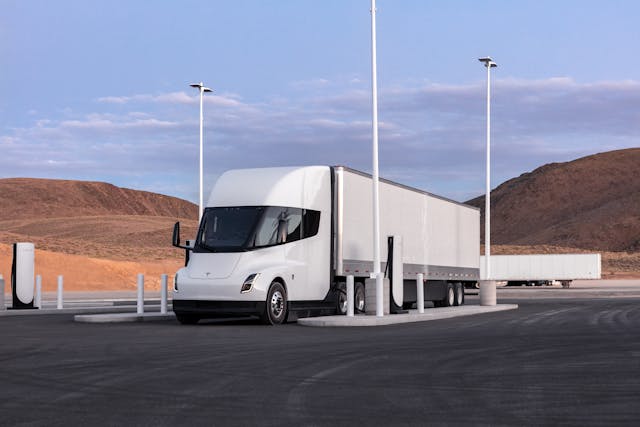
Intake: A story from Bloomberg via Automotive News paints a scary picture of what it will take to recharge electric 18-wheelers on the road. Citing a survey by National Grid Plc.: “Researchers found that by 2030, electrifying a typical highway gas station will require as much power as a professional sports stadium — and that’s mostly just for electrified passenger vehicles. As more electric trucks hit the road, the projected power needs for a big truck stop by 2035 will equal that of a small town.” Even more sobering: “A connection to the grid that can handle more than 5 megawatts takes up to eight years to build, at a cost of tens of millions of dollars.”
Exhaust: It’s a very real question: Where are all the coming electric trucks going to recharge? Will they be limited to local runs where they are back at the terminal every night? “We need to start making these investments now,” said Bart Franey, an executive with National Grid, which is a power company. “We can’t just wait for it to happen, because the market is going to outpace the infrastructure.” —SCS
Ram recalling 280,000 diesel trucks

Ram is recalling 280,000 heavy-duty diesel trucks worldwide — 248,000 of them in the U.S. — for fire risks. The recall covers 2020-2023 Ram 2500 and 2020-2022 Ram 3500 trucks. Pressure and heat inside the transmission may result in a transmission fluid leak that could cause a fire. The company has reports of 16 vehicle fires and one minor injury that may be related to the recall. The recall covers trucks with 6.7-liter Cummins diesel engines and automatic transmissions. Ram is working on a fix.
Exhaust: The leak may be tipped off by a warning light. Owners seeing that light should contact their dealer ASAP. —SCS

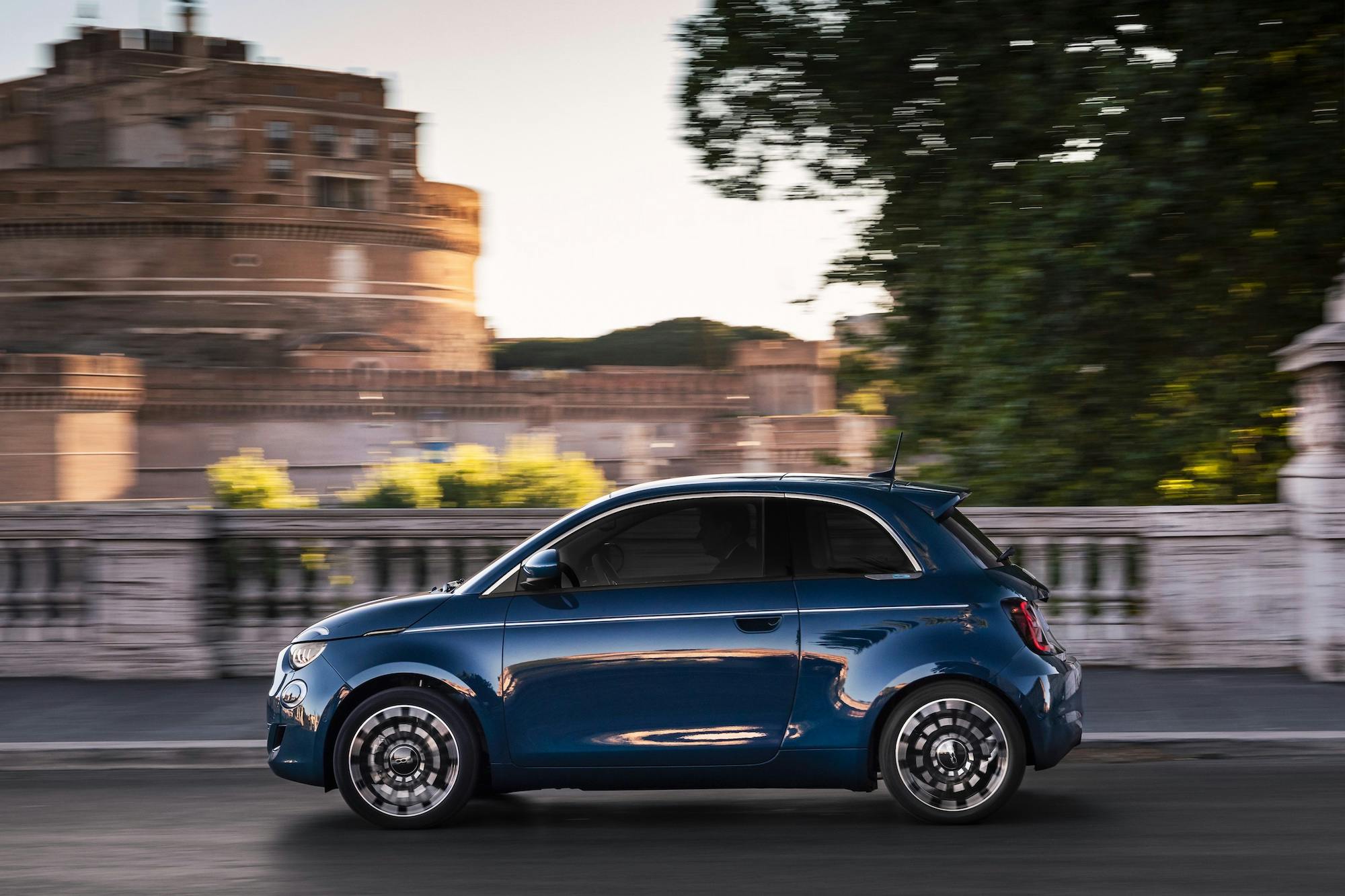
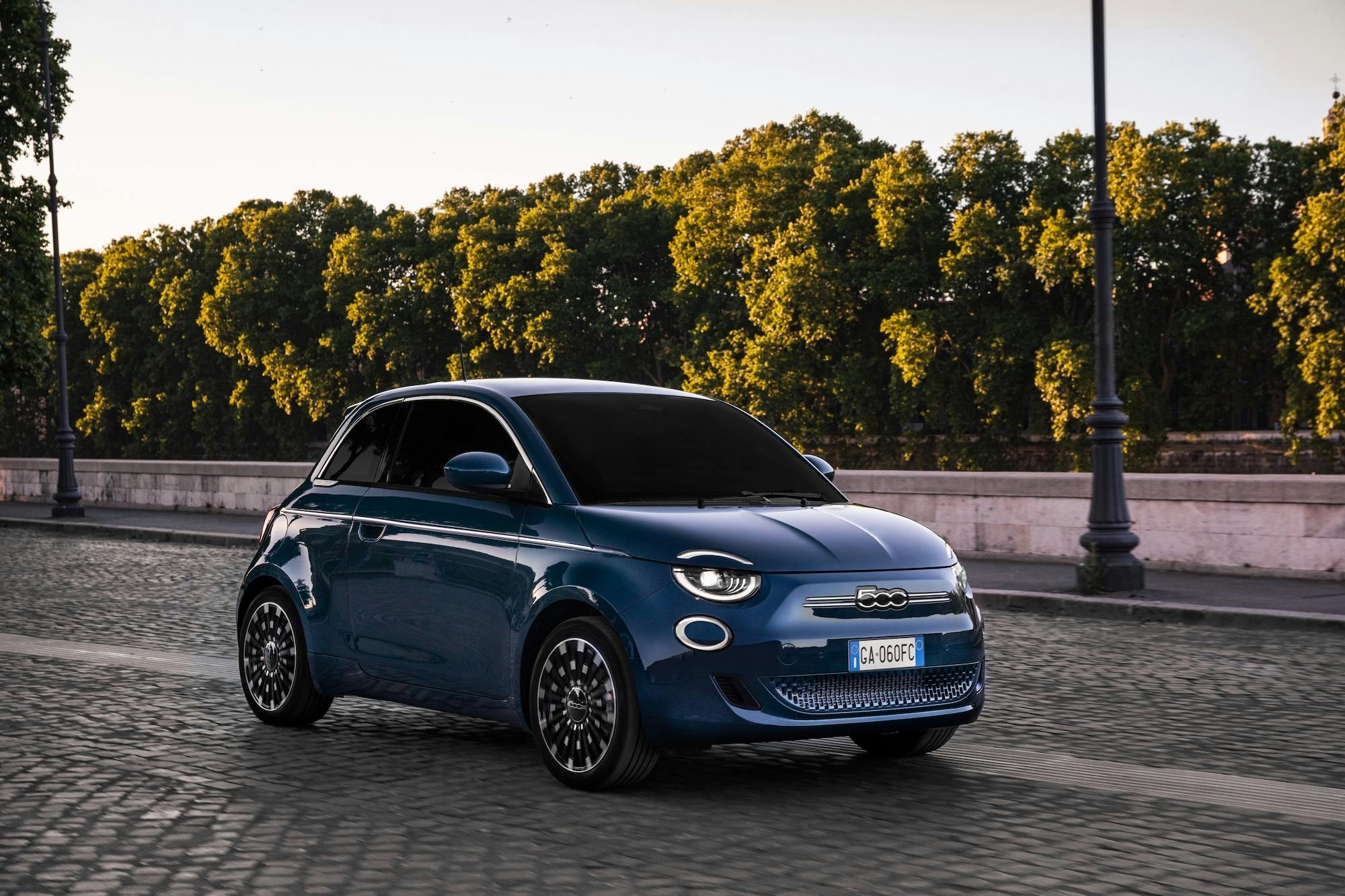

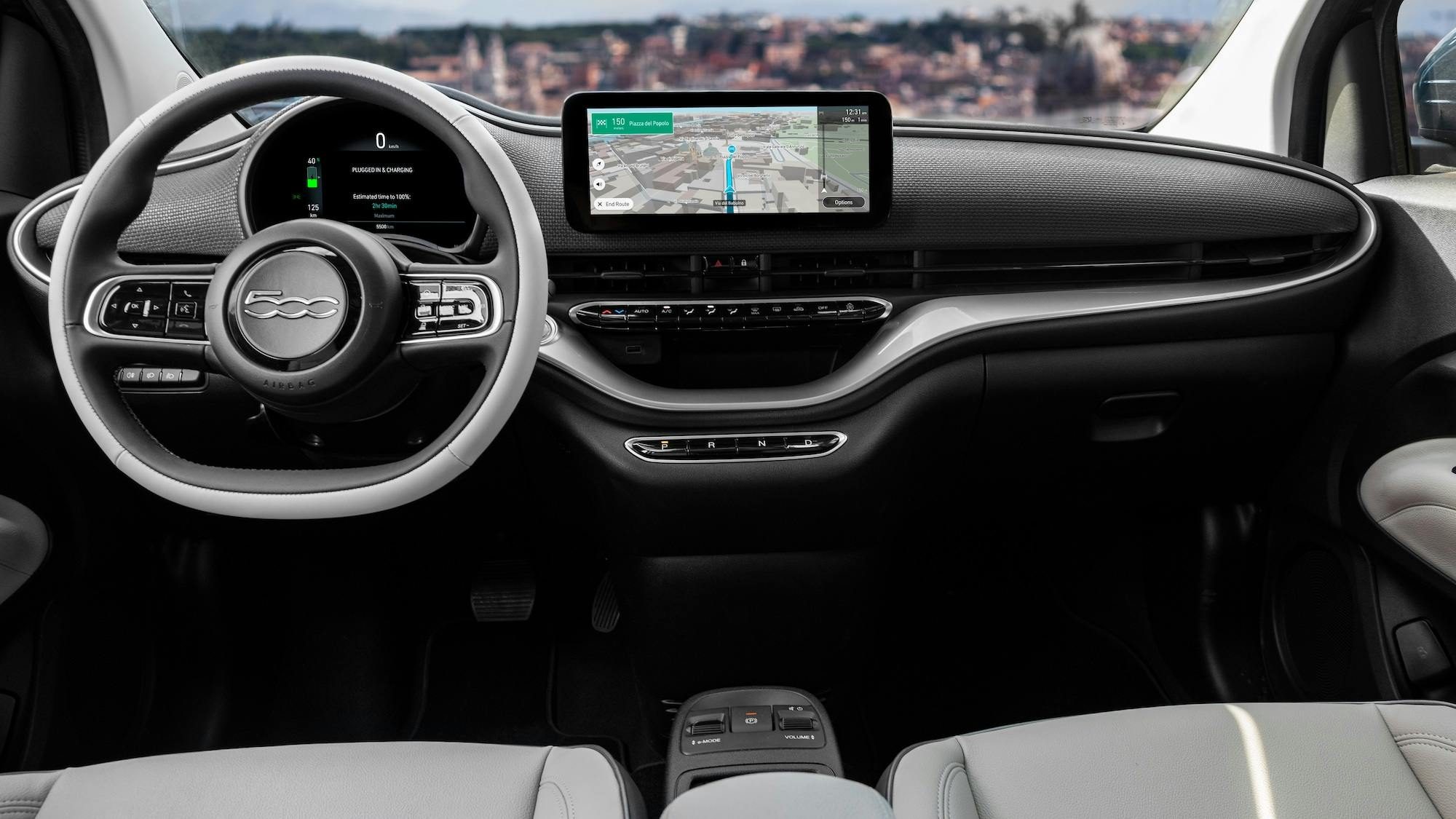
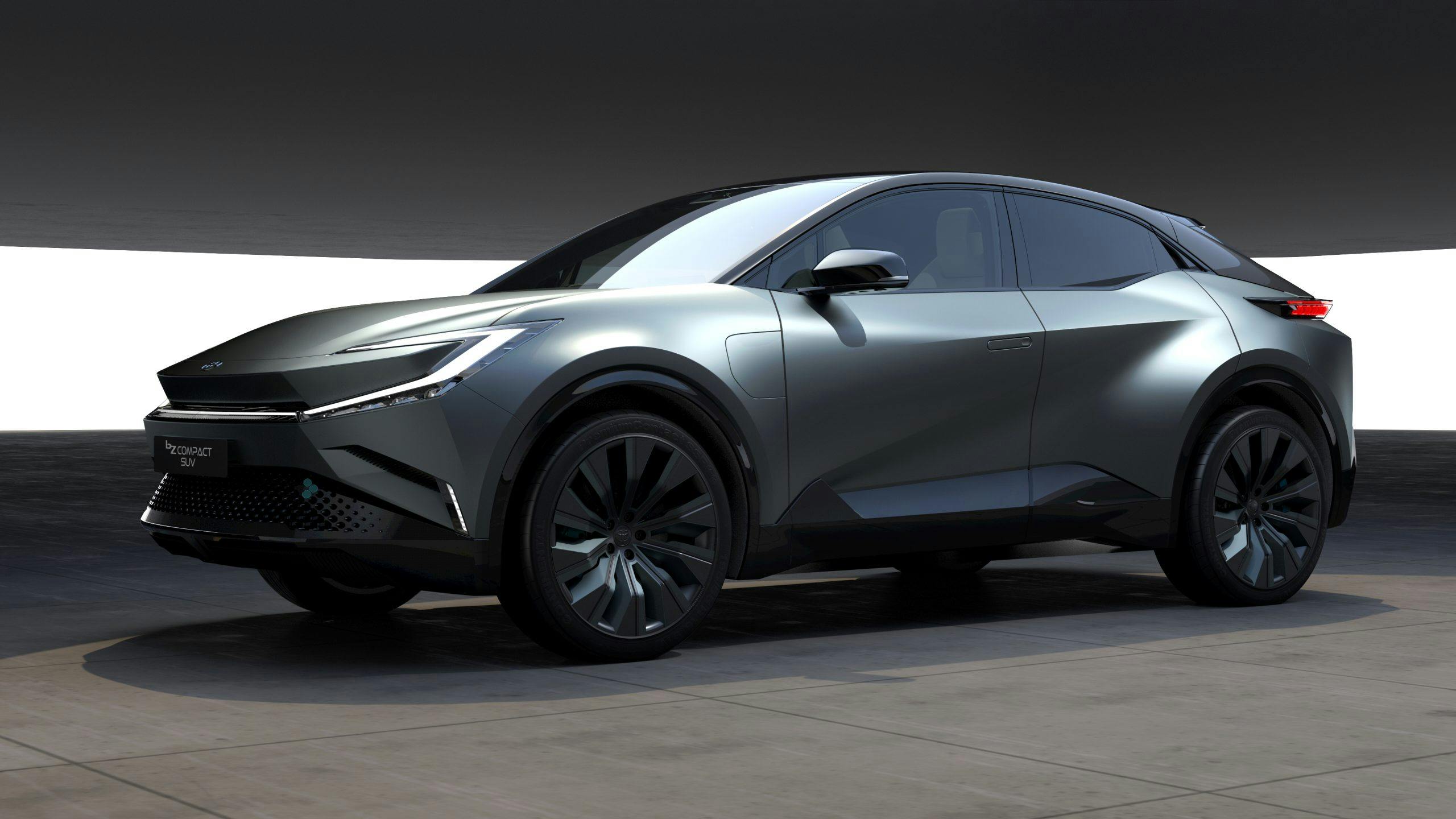

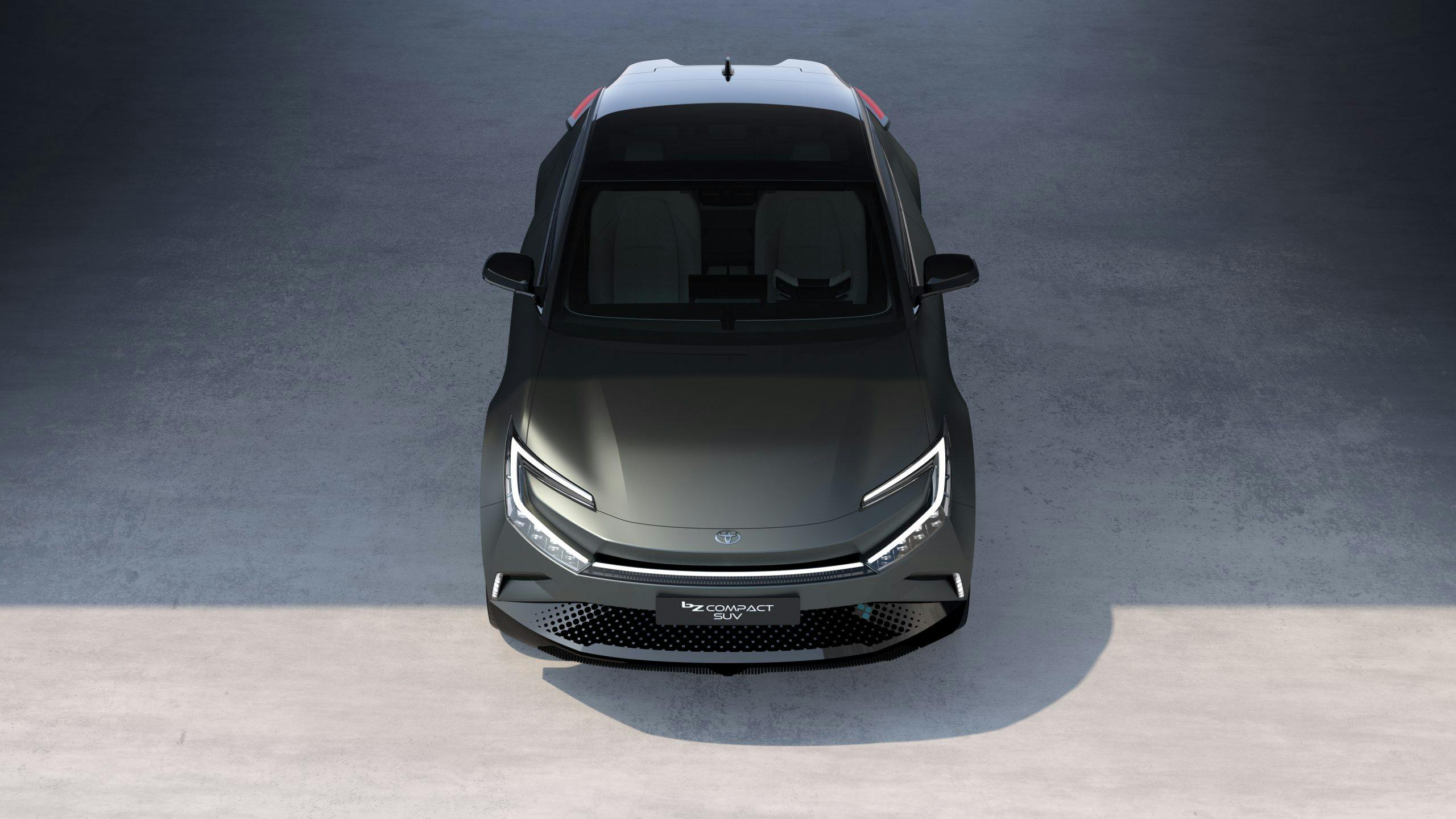
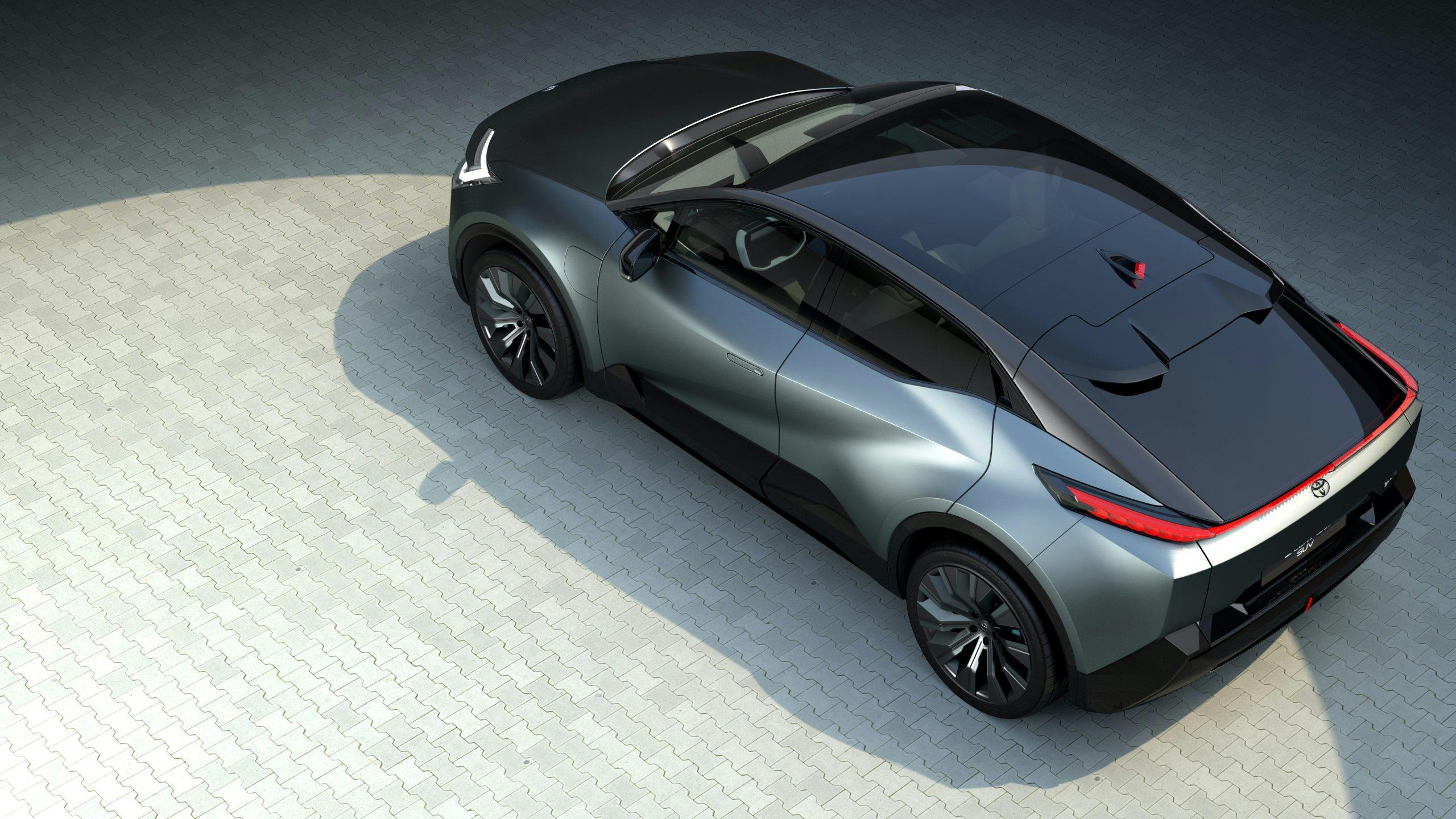
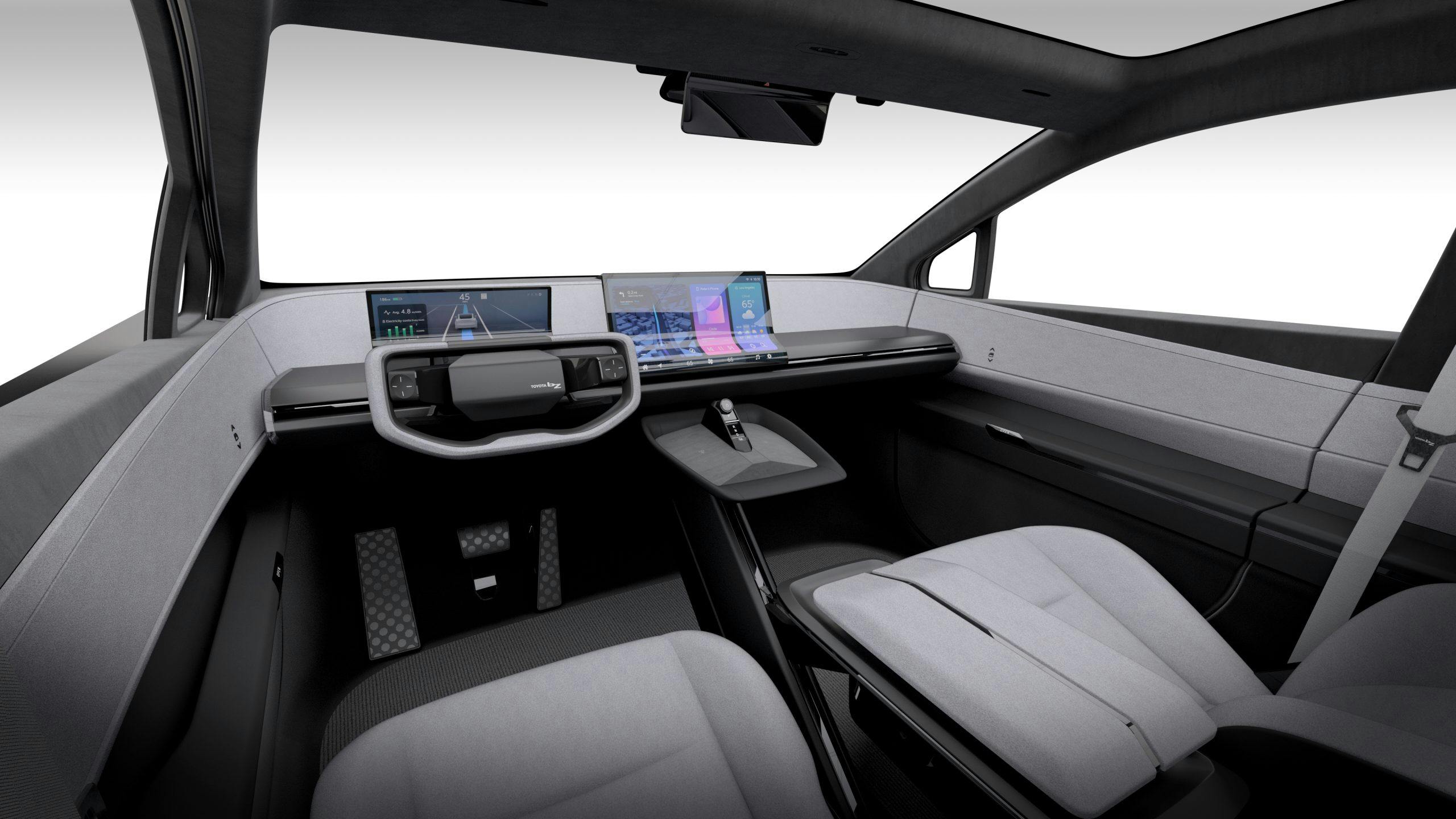


One consideration of charging electric semis is the law stating drivers must be off the road a specified length of time for every so many driving hours.
Public Citizen is just never happy just like…many public citizens.
LOL = I DO remember Fix-It-Again-Tony. My family owned a lot of small second cars Simca, Saab, VW, Falcon, etc, but would not buy a Fiat. Now I own Hondas, good for 200K miles!
Ironic you mention a Semi in the same Article versus a Fiat => >> Why Can’t we Reduce SEMI-Truck Sizes?? Anybody consider the Death & Destruction a 40 TON Semi does when it runs OVER any Fiat?
WRT: Charging Time on Semi’s: my daughter is a Doctor, I’m amazed we Force Drivers to do Downtime, but Doctors go Days making LIVE or DEATH decisions without a mandatory Break! > DEFUND LAW SCHOOLS, We need more DOCTORS, =>ENDOW MED SCHOOLS!